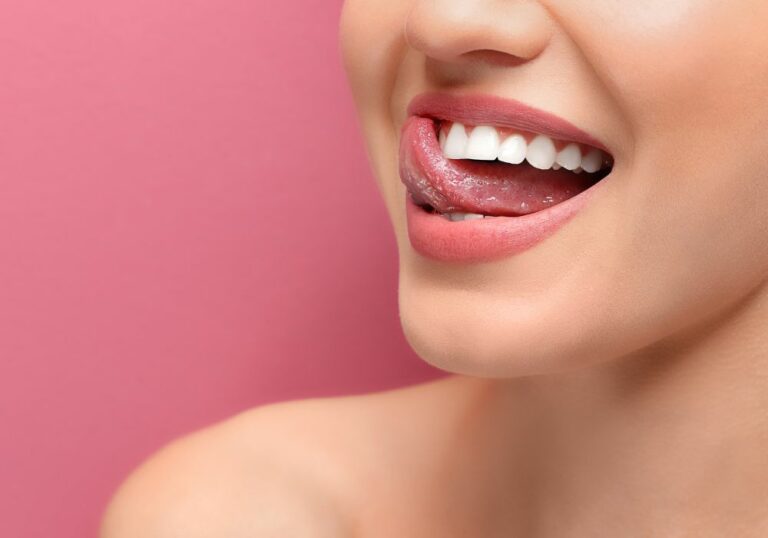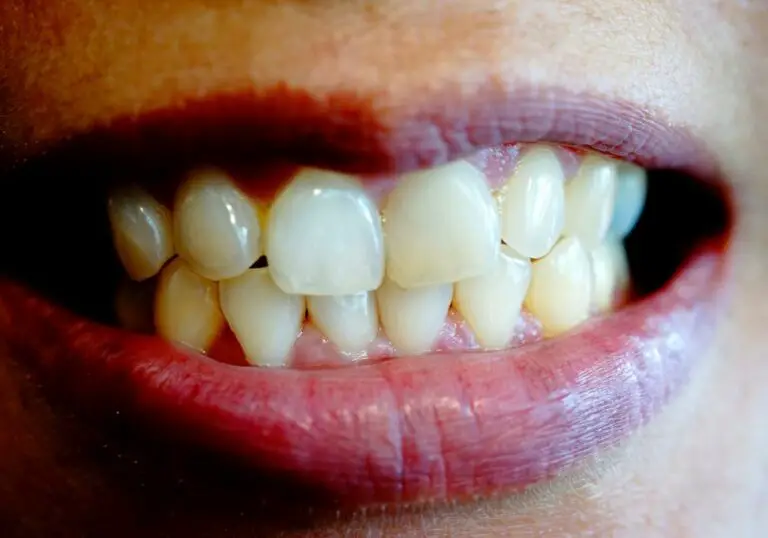Many people wonder why their two upper front teeth, known in dentistry as the maxillary central incisors, appear wider, larger, or more prominent than the teeth next to them. This is a common dental trait that you may have noticed in your own smile or someone else’s. There are several potential reasons why the central incisors often stand out as the broadest teeth in our smiles.
Why Are Your Front Teeth Wide?
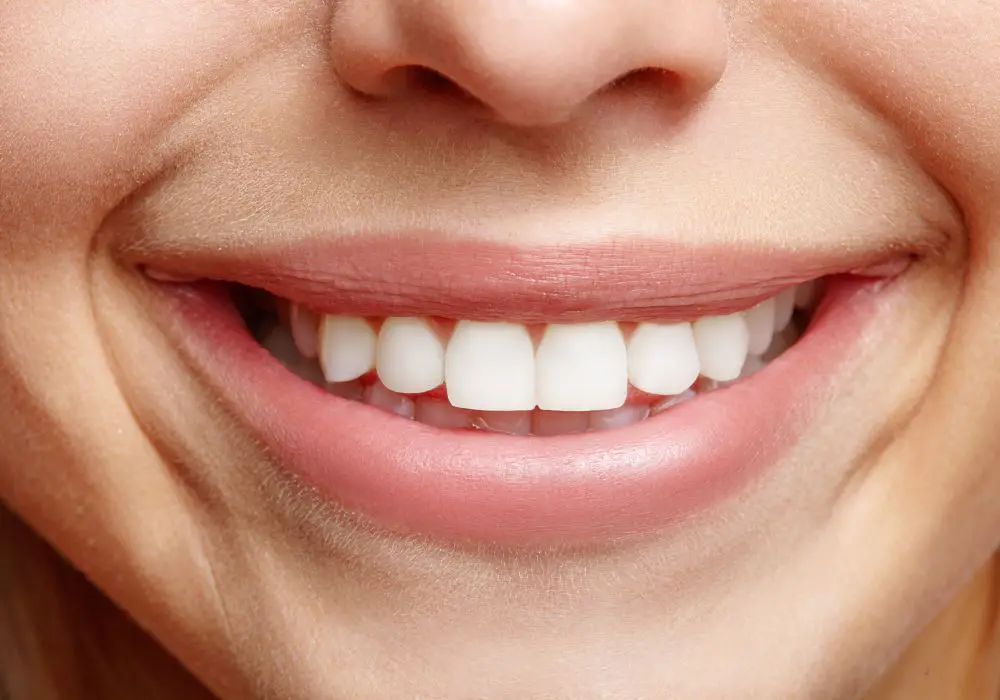
It’s Normal Dental Anatomy
The wider size of the front two teeth is actually completely normal dental anatomy in humans. Our central incisors are meant to be broader and stronger than the neighbouring lateral incisors.
This size differential serves an evolutionary purpose – our central incisors are specialized for biting into and cutting up food, which requires greater width and strength. In contrast, the lateral incisors have a more delicate role of tearing food once it’s been bitten off. This functional difference is reflected in their size and shapes.
So in many cases, prominent central incisors are not abnormal at all, but simply a reflection of normal variation in human dental anatomy and function. Their width is by design.
It’s Partly Determined by Your Genes
Tooth size and shape are highly heritable traits. This means that the size and proportions of all your teeth, including the central incisors, are largely determined by your genetic makeup.
Some people simply inherit tooth dimensions that make their central incisors substantially wider and broader than the teeth beside them. This can run in families, with children often showing similarities to parents in tooth size and proportions.
So if you have broad central incisors, you may be able to look to your mother’s or father’s smile for clues. The commonly heard dental advice that you inherit teeth size from your mother and jaw size from your father has some truth to it.
Gender Differences
Males on average have larger teeth than females, which is most noticeable in the central incisors. This applies not only to their width but also length.
For example, a study in the American Journal of Orthodontics found that the average width of maxillary central incisors was 8.44 mm in males compared to 7.74 mm in females. The average length was also greater in males at 23.49 mm vs. 21.82 mm in females.
These gender differences in tooth dimensions are influenced by genetic and hormone factors during development. The wider central incisors commonly seen in boys and men have a biological basis.
Ethnic Variations
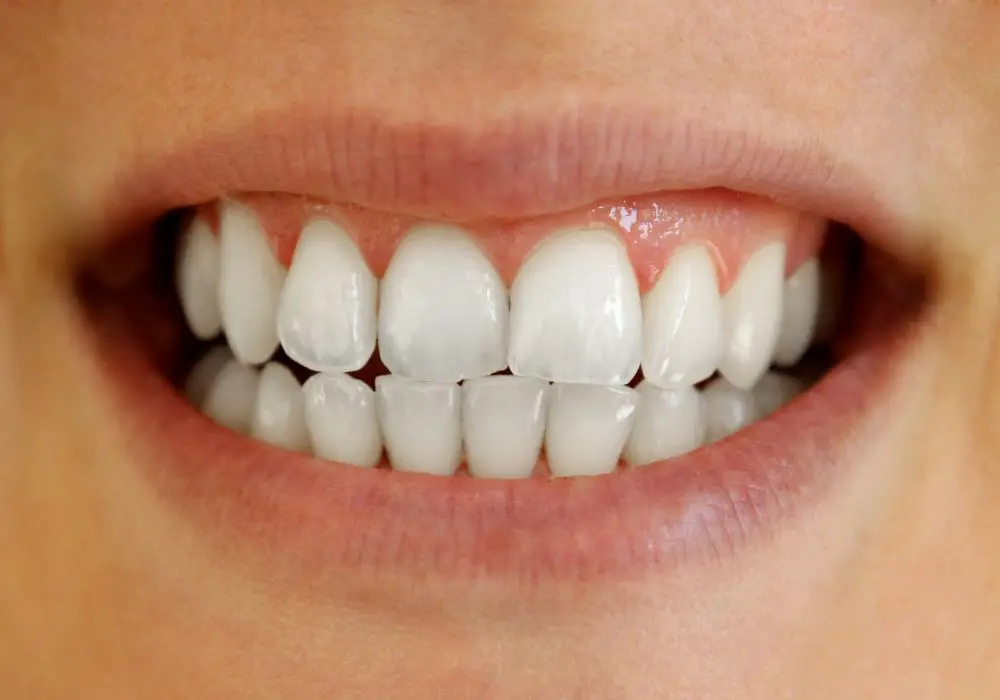
Human tooth dimensions including central incisor width can vary significantly among different ethnic groups and populations. A few patterns:
- Caucasians tend to have longer, narrower teeth including the central incisors
- African Americans on average have broader, wider central incisors
- Asians commonly have shorter, wider central incisors
Of course, there is much overlap between populations. But some subtle ethnic differences in tooth morphology exist.
Here is a table summarizing some of the average central incisor measurements among ethnic groups:
| Ethnicity | Average Width | Average Length |
|---|---|---|
| Caucasian | 8.07 mm | 22.63 mm |
| African American | 8.19 mm | 22.01 mm |
| Asian | 7.51 mm | 21.34 mm |
These variations reflect genetic differences among populations that influence tooth size and shape.
Environmental Factors During Childhood Development
Various environmental influences during childhood while teeth are developing can also cause central incisors to be overly emphasized or broadened:
- Prolonged thumb sucking or pacifier use as a child can cause the upper front teeth to flair outward, increasing their width.
- Losing primary teeth prematurely – before the permanent teeth are ready to erupt – allows the permanent central incisors to drift outward as they come in, making them wider.
- Cleft palate and having the maxillary (upper) jaw separated can impair normal central incisor growth and widen these teeth.
- Childhood dental trauma, like a fall causing injury to the front teeth, may damage developing tooth buds and alter their growth pattern.
So while genetics determine the foundational tooth dimensions, some childhood influences can accentuate width in the front teeth.
Dental Restorations Can Widen Teeth
Previous dental work done to restore or reconstruct the front teeth can sometimes leave them appearing wider or more prominent:
- Dental crowns that are too wide for the tooth they are replacing may not match the natural proportions of your teeth. Similarly, veneers can over-widen front teeth if not carefully sized.
- Large composite resin fillings done on the central incisors can make them seem overbuilt or excessively broad if the fillings extend too far past the natural tooth borders.
- These restorations may be necessary to repair injury or decay, but should mimic natural tooth dimensions as closely as possible.
Orthodontics Can Flare Teeth Outward
While most orthodontic treatment strives to gently straighten and align teeth, in some instances braces or retainers can make front teeth wider:
- Arch wires that are positioned too far forward during braces treatment can overly procline (flare out) the front incisors.
- Orthodontic relapse after retainers are discontinued may allow front teeth to drift outward again, re-widening them.
- Occasionally, preformed plastic retainers do not hold tooth positions properly and teeth expand outward over time.
Though infrequent, these scenarios illustrate how some orthodontic approaches may inadvertently emphasize the central incisor width.
What to Do About Wide Front Teeth
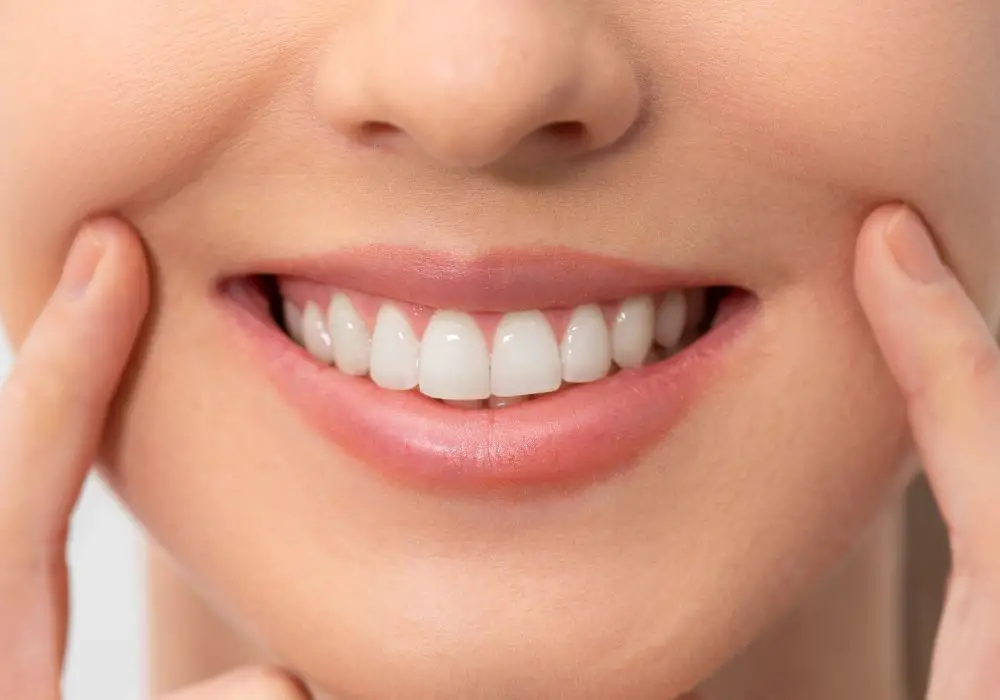
If your two front teeth appear overly broad, first consider whether it’s simply a natural feature of your dental anatomy. For many people, prominent central incisors are normal. No intervention is required unless the width seems biologically excessive or bothers your smile aesthetics.
If you desire correction, there are several options:
- Orthodontic tooth slenderizing – Selectively grinding down the width of protruding teeth. A delicate reshaping process.
- Tooth recontouring – Removing a small amount of enamel by drilling to narrow bulbous teeth.
- Dental bonding – Applying tooth-colored resin material to reshape and slim wide teeth.
- Porcelain veneers – Thin covers that mask unflattering tooth dimensions with a proportional shape.
- Dental crowns – Total coverage restorations to rebuild broad front teeth into improved proportions.
In cases of extreme width, speak to your dentist or orthodontist about whether extraction of over-flared teeth followed by implant or bridge replacement is warranted. This is rare.
The best approach depends on the degree of width, your dental situation, and cosmetic goals. Have an open discussion with your dentist.
While prominent central incisors are a common occurrence, there are ways to reshape your smile if the width bothers you. But also keep in mind that normal dental variation should be appreciated, not corrected just for the sake of conformity. Your broad front teeth are likely just an inherited familial trait.
Frequently Asked Questions
Q: Are my wide front teeth genetic?
A: In most cases, yes – tooth size and shape are highly heritable traits passed down in families. Look at your parents’ smiles for clues. Inherited wide central incisors are very common.
Q: Can I fix wide front teeth without braces?
A: Yes, options besides orthodontics include dental bonding, crowns, or veneers to conservatively reshape the teeth. These are great alternatives to braces for adults with broad front teeth.
Q: Will making my narrow side teeth wider help?
A: Potentially, yes – widening the lateral incisors with bonding or veneers can make overly broad central incisors appear more in proportion. Your dentist can advise if this approach makes sense.
Q: I had braces but my front teeth are still wide – what now?
A: In a small percentage of cases, orthodontics doesn’t fully correct tooth width as hoped. Discuss options like slenderizing or bonding with your orthodontist. Relapse is also possible if retainers weren’t diligently worn.
Q: Are wide front teeth necessarily bad?
A: No, in many cases prominent central incisors are a harmless normal variation. Only if appearance or function are affected would correction be recommended. Consult your dentist about your options.

